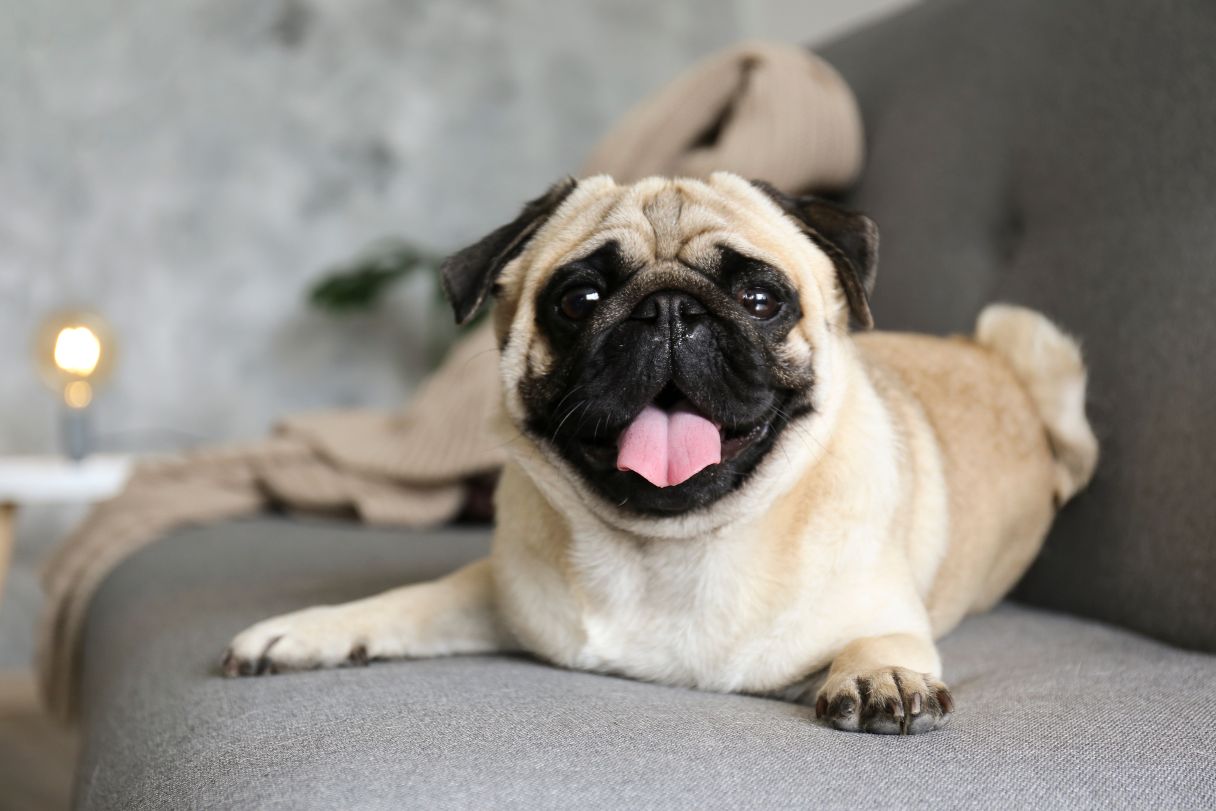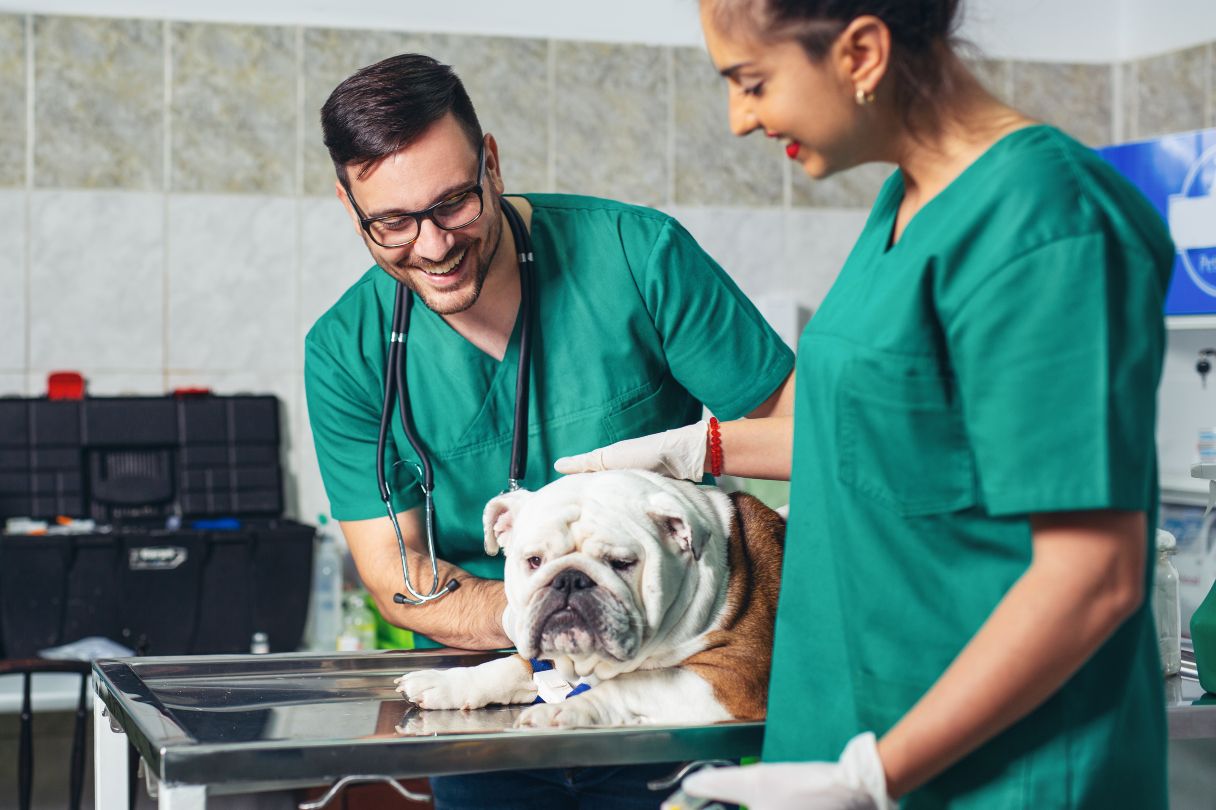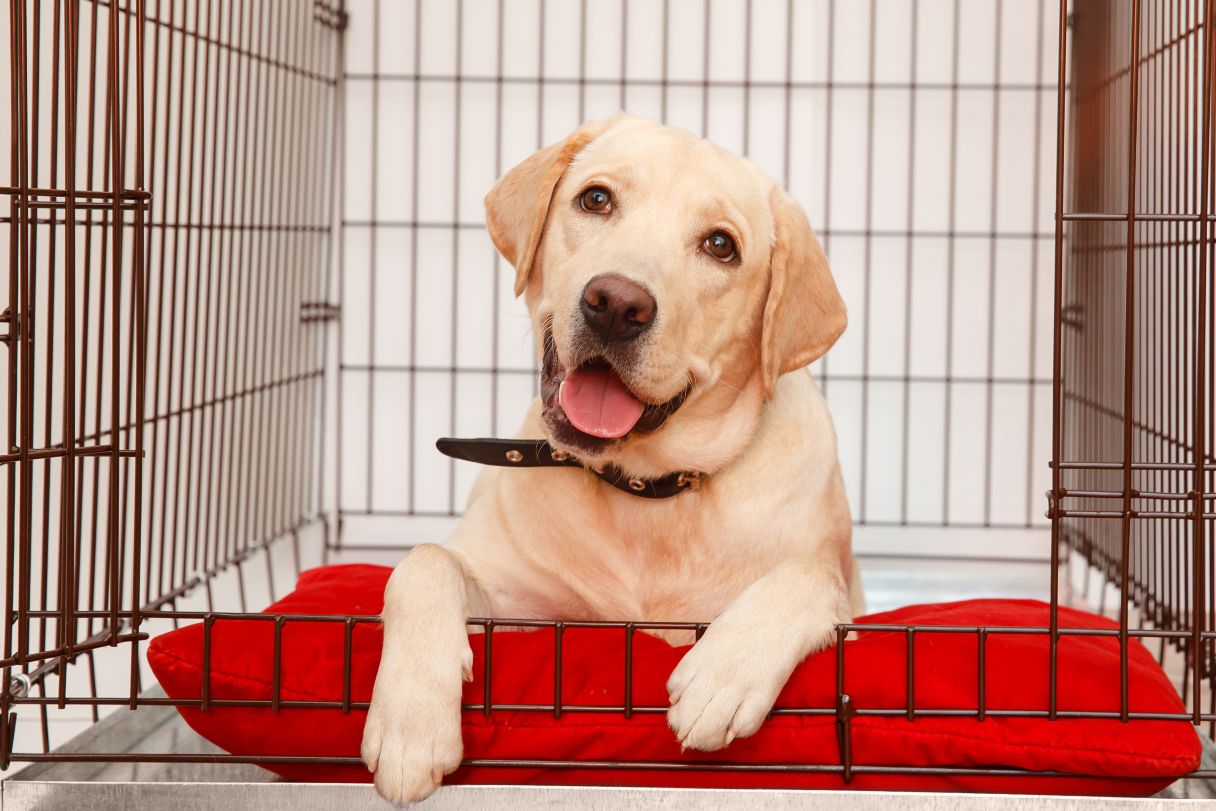Out of nowhere, your dog starts violently snorting, and they keep it up for about a minute. What on earth is happening, and what should you do about it?
First of all, relax. Most likely, your dog is reverse sneezing, which is normal for a lot of dogs. Keep reading to learn what a reverse sneeze is, why it happens, when it might be something else and how you can help your sneezy pooch.
What Is Reverse Sneezing?
The technical term for reverse sneezing is paroxysmal respiration, which is when a dog rapidly and forcefully sucks air in through the nose. It's literally the reverse of a regular sneeze, in which air is suddenly forced out through the nose. It can look and sound like your dog is trying to blow their nose in reverse.1
Causes
Vets aren’t sure what causes reverse sneezing, but it appears to happen when something irritates the nasal passages, the sinuses or the back of the throat.1
A number of things can trigger a reverse sneeze. These include:1
-
Allergies
-
Dust2
-
Grass seeds or other foreign bodies
-
Irritating odors
-
Masses or growths
-
Nasal mites
-
Nasal secretions
-
Smoke
Some dogs also reverse sneeze when they get excited.2 Hard leash pulling, as well as swallowing food or water too quickly, can also be factors that cause an episode.3
Symptoms
During a reverse sneeze, your dog will stand still in a wide stance, stick their neck out in front with their head slightly tilted back, and suck air rapidly in through their nose. This usually produces a loud snorting noise.1
A reverse sneeze can resemble the signs of a tracheal collapse, which causes dogs to make a loud honking sound, similar to the honk of a goose. This is a more serious condition, so if you have difficulty distinguishing whether your dog is reverse sneezing or honking due to a collapsed trachea, you should contact your vet.2
Is Reverse Sneezing Dangerous?
Reverse sneezing can look and sound a bit scary, especially if you’re not used to it. But it’s generally not harmful, and dogs typically recover quickly and return to normal with no lasting effects.1
That said, if your dog has never done this before, it’s a good idea to see your vet to verify that there’s not something more serious going on.4 If your dog has heart disease or another underlying condition that could make it dangerous to put stress on them, you should discuss solutions with your vet.2 You should also contact your vet if you think your dog might actually be experiencing tracheal collapse, or if the reverse sneezing is so frequent or severe that it seems to impair your dog’s quality of life.2
Veterinary Evaluations
If you take your dog to the vet for reverse sneezing, they’ll take a medical history and ask you about the clinical signs and symptoms you’ve observed. They’ll examine your pup to rule out other possible causes, such as a respiratory illness, a tumor or a collapsing trachea. If necessary, they may also require other tests, such as blood tests or allergy tests, to check for underlying health conditions that could be causing their symptoms.1
Reverse Sneezing Treatments
In the majority of cases, no treatment is needed for reverse sneezing. But if your vet discovers an underlying cause, they’ll most likely treat your dog for that condition. If reverse sneezing is a real problem for your dog, they may prescribe an antihistamine or decongestant to help improve their breathing.1
For brachycephalic dogs who reverse sneeze a lot, a vet might recommend surgery to shorten an elongated soft palate.3
How to Help Your Dog When They’re Reverse Sneezing
Typically, getting your dog to swallow will help put a stop to a reverse sneezing episode.1 Here are a few things you can try at home:2
-
Gently pet and soothe your dog to help them calm down.1
-
Stimulate swallowing by giving them something to lick or drink.1
-
Pinch the nostrils closed for one second, then gently massage their throat to encourage swallowing.
-
Lightly blow in their face, which can trigger licking and swallowing.
-
Get them outside for some fresh air.
-
If they’re hot, move them inside or to a cool area.
Even if you do nothing, chances are your dog will get over it pretty quickly and get on with their business. Reverse sneezing is a normal condition that affects a lot of dogs, and although it looks and sounds uncomfortable, it’s generally not dangerous and usually has no lasting impact on your furry pal. But when in doubt, it’s always best to consult your vet for advice.
Frequently Asked Questions About Reverse Sneezing in Dogs
Do you still have questions about reverse sneezing in dogs? Here are answers to some commonly asked questions.
CareCredit Credit Card Financing for Dogs
Taking good care of your pet's well-being from nose to tail is essential. Make sure to stay up to date on their regular checkups at the vet to help keep your pet happy and healthy for a lifetime of love. You can use your CareCredit credit card for pet care throughout the year for routine veterinary services as well as emergencies and surgeries.* Use our Acceptance Locator to find a veterinarian near you that accepts CareCredit.
CareCredit is there for you and your pet every step of the way; continue your wellness journey by downloading the CareCredit Mobile App to manage your account, find a provider on the go and easily access the Well U blog for more great articles, podcasts and videos.
In addition to pet care, you can also use your CareCredit credit card for dentistry, cosmetic, vision, hearing, health systems, dermatology, pharmacy purchases, spa treatments and so much more within the CareCredit network. How will you invest in your health and wellness next?
Author Bio
Jean Marie Bauhaus is a freelance writer and novelist who has been writing pet content since 2013. Her work has appeared on Forbes.com, Hill's Pet, Chewy, AKC.org and more.








